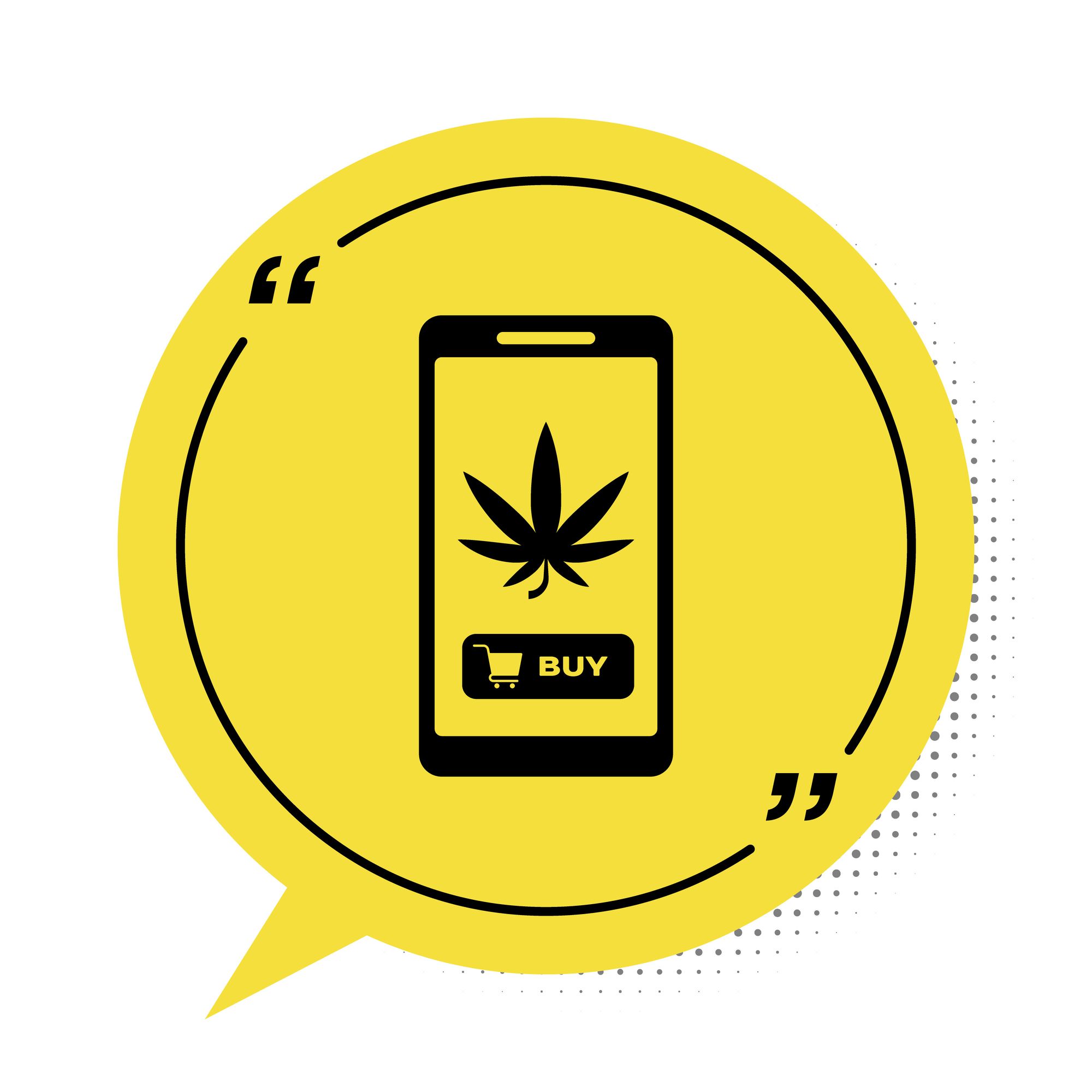In the evolving cannabis delivery landscape, customer satisfaction hinges on convenience, transparency, and communication. As more dispensaries adopt delivery as a core revenue stream, the integration of delivery tracking apps, real-time push notifications, and two-way communication tools is quickly becoming essential—not only to streamline operations but also to elevate the overall consumer experience.
Delivery Tracking Apps: The Backbone of Transparency
Cannabis delivery tracking apps like Onfleet, Leafly, Canveo, and Dutchie Drive are transforming how dispensaries manage logistics and connect with customers. These platforms allow consumers to track their orders from confirmation to doorstep, mirroring the Uber Eats or Amazon model of real-time GPS tracking. For dispensaries and drivers, these tools offer route optimization, delivery status updates, and compliance support—helping stay within strict state and municipal regulations for cannabis transport.
This transparency builds trust. When customers can see that their delivery is on the way, with ETA updates and driver info included, anxiety is reduced and loyalty is improved. In states like Florida and Massachusetts where compliance with METRC tracking is mandatory, integrated delivery systems also ensure that manifests, logs, and chain-of-custody data are accurate and audit-ready.
Push Notifications: Keeping Everyone in the Loop
Push notifications play a crucial role in managing expectations. Through automated alerts, dispensaries can inform customers of order confirmations, dispatch times, delivery windows, and completion notices. These real-time updates minimize missed deliveries, reduce the volume of inbound customer service inquiries, and provide a polished, modern experience.
For drivers, push notifications serve as updates on route changes, customer requests, or special compliance checks. Dispensaries can also send internal notifications to alert drivers of regulatory updates, new delivery zones, or vehicle inspection reminders.
Push alerts are also a powerful marketing tool. With proper consent, dispensaries can notify consumers about flash deals, promotions, or loyalty points updates via app messages—keeping customers engaged even between purchases.
Two-Way Communication: Bridging the Gap
While tracking apps and push notifications provide automation and structure, two-way communication ensures flexibility and human support. Through in-app messaging or integrated SMS/chat systems, customers can speak directly with drivers or dispatchers to adjust delivery times, clarify instructions, or address concerns.
This feature is especially valuable for medical marijuana patients who may have mobility issues or require deliveries at specific times. It also benefits drivers, allowing them to request gate codes, confirm apartment numbers, or communicate delays due to traffic or weather—without breaking compliance by calling from personal devices or using non-secure apps.
From a dispensary management perspective, two-way communication enables quality control and faster resolution of customer service issues. Managers can intervene, track interaction logs, and review customer feedback to refine future deliveries.
Enhancing Operational Efficiency and Compliance
Beyond customer satisfaction, these technologies reduce delivery errors, lower labor costs, and ensure regulatory compliance. Real-time driver tracking helps verify that products aren’t diverted or left unattended. Integrated communications prevent confusion that might otherwise delay orders or compromise product handoff protocols.
Many cannabis POS systems, such as Treez or BLAZE, now offer native integrations or plug-ins with delivery tracking and messaging platforms. This allows for seamless data flow between orders, manifests, and communications, which is critical in tightly regulated markets.
Final Thoughts
As cannabis delivery becomes the preferred purchasing method for many consumers, especially in urban or medical markets, dispensaries must invest in technology that makes delivery as effortless as possible. The combination of robust delivery tracking apps, timely push notifications, and responsive two-way communication isn’t just a nice-to-have—it’s the new industry standard for efficiency, compliance, and customer satisfaction.
